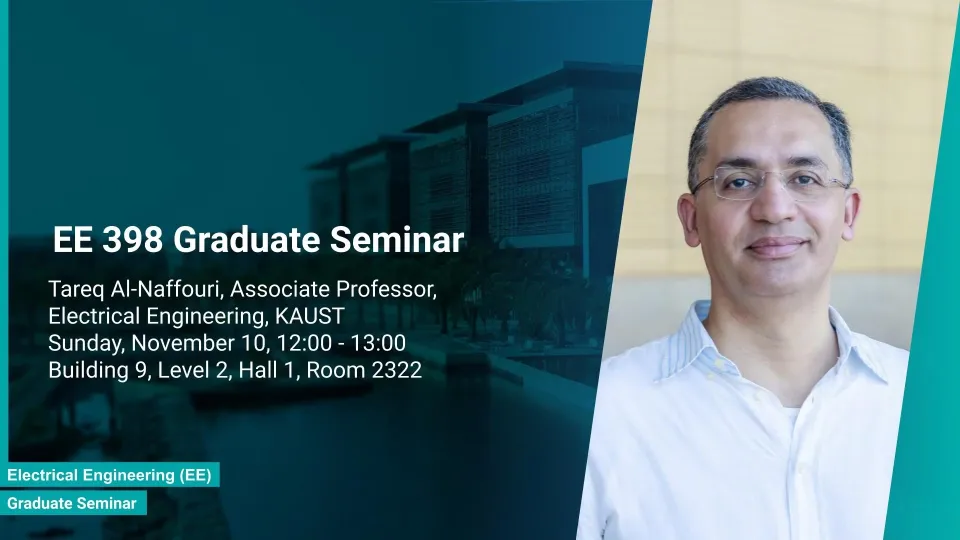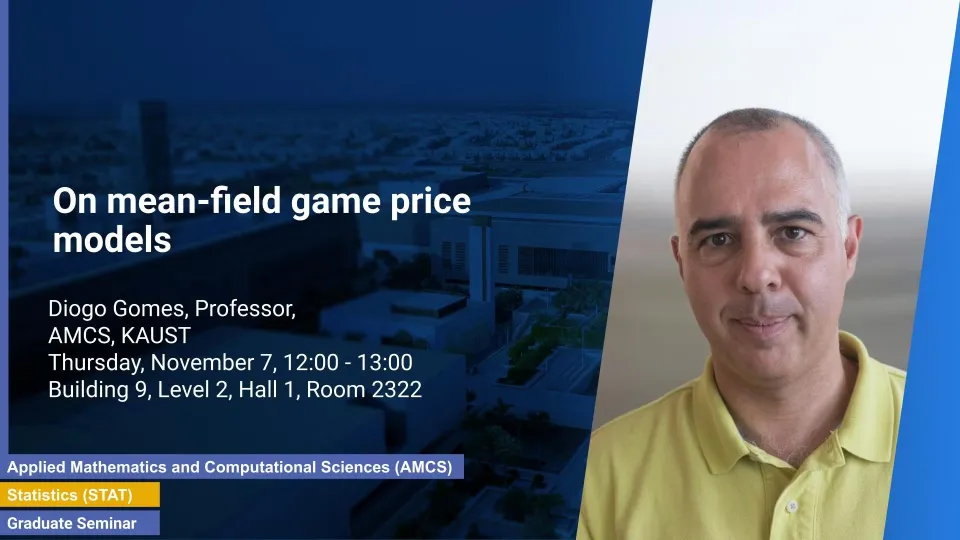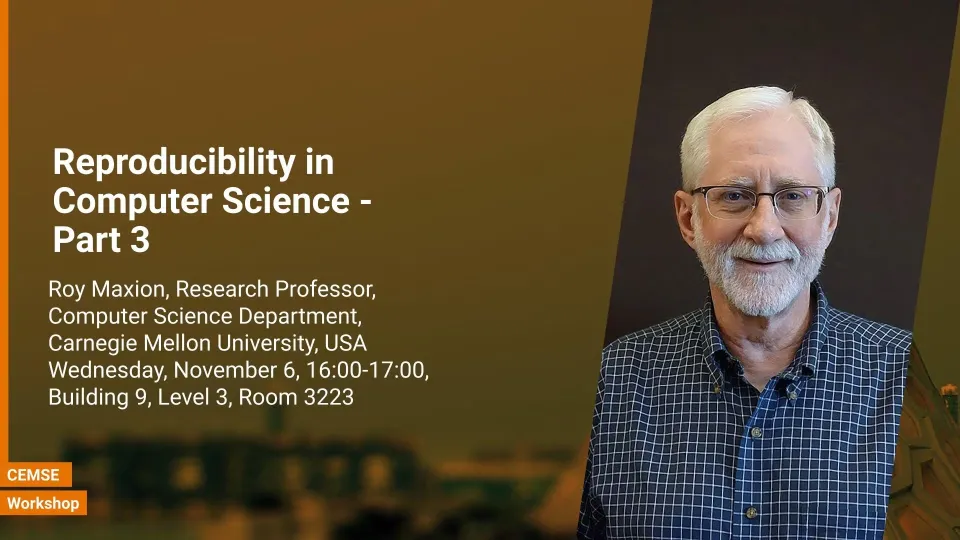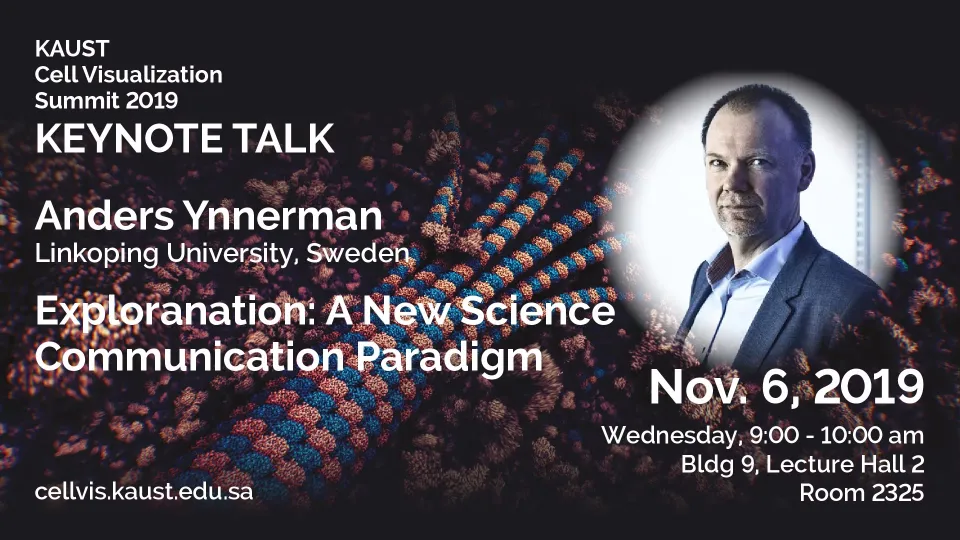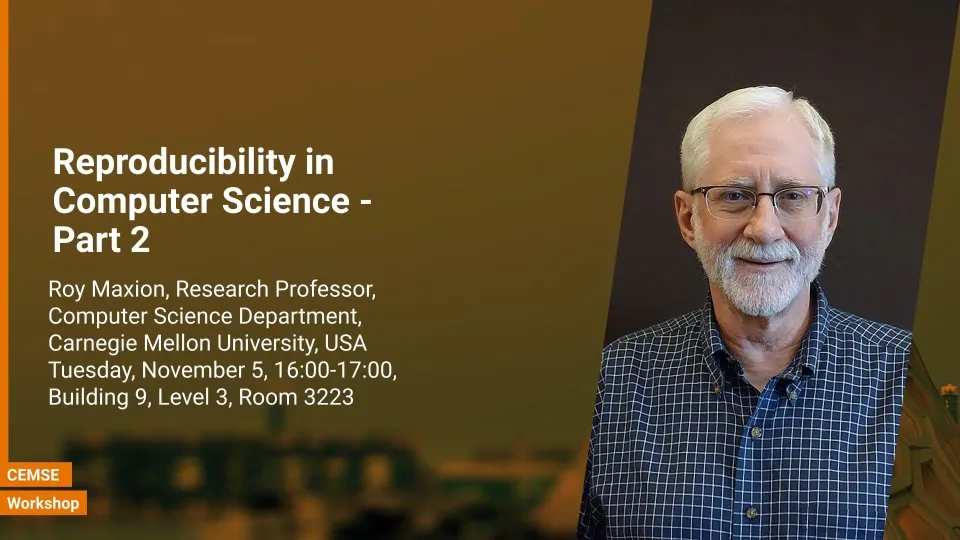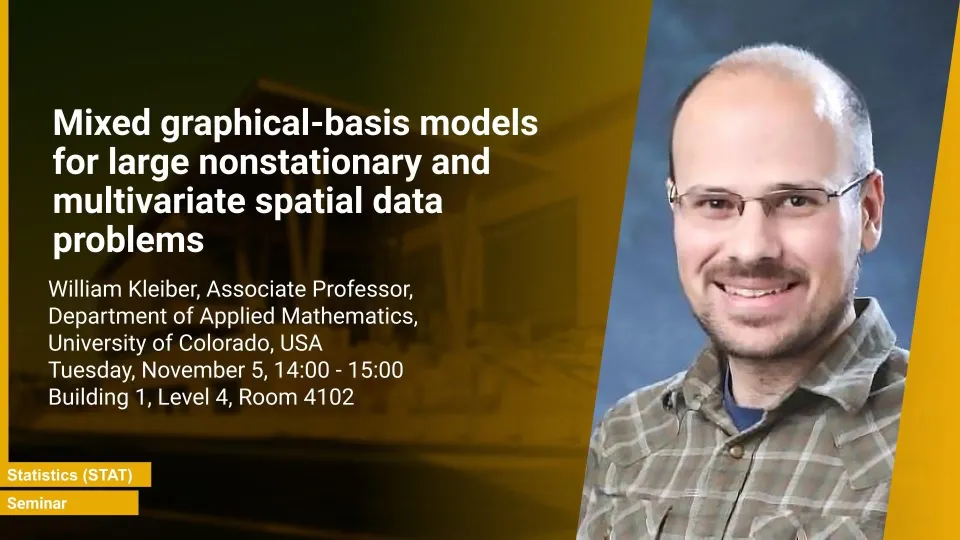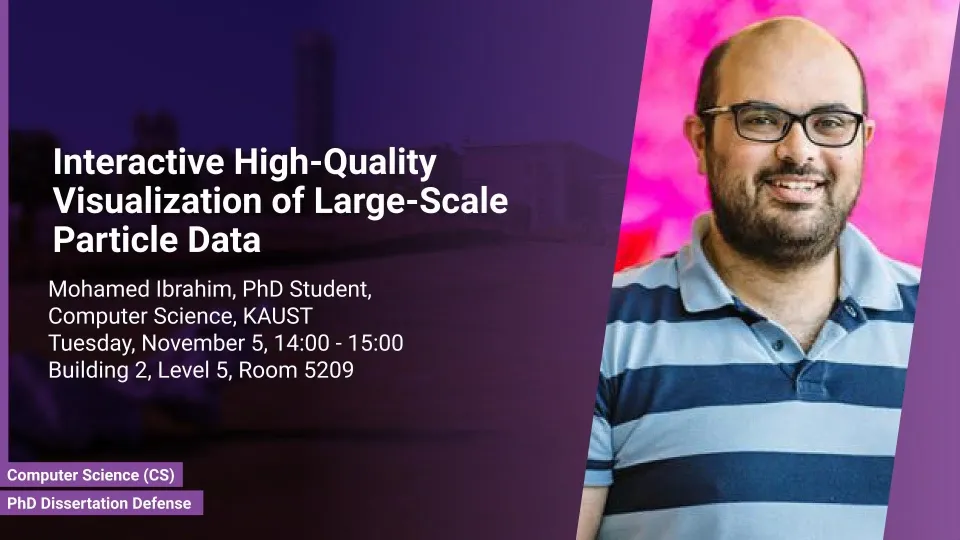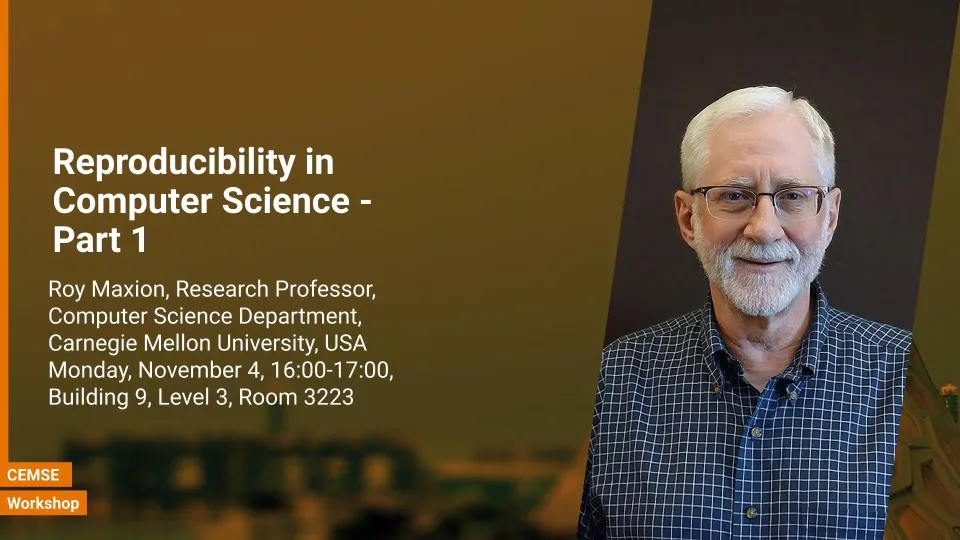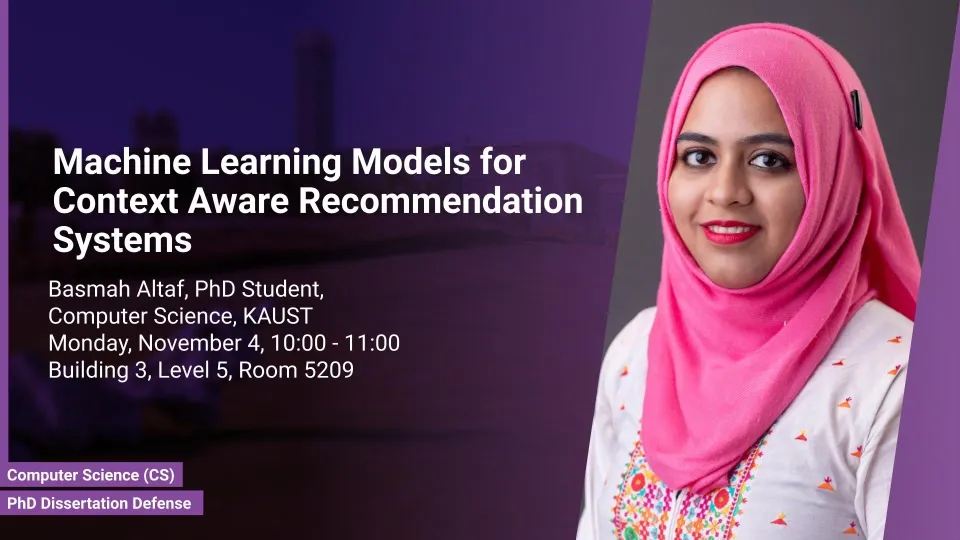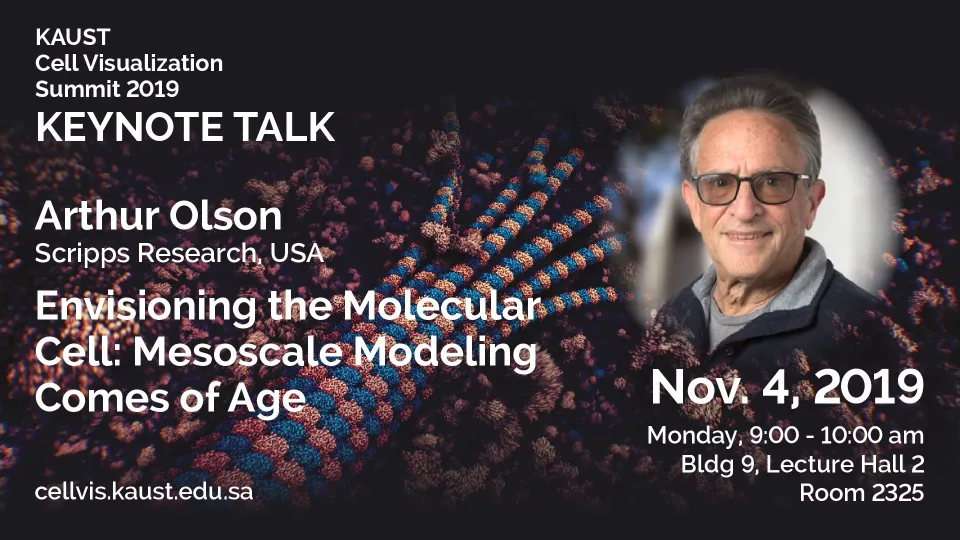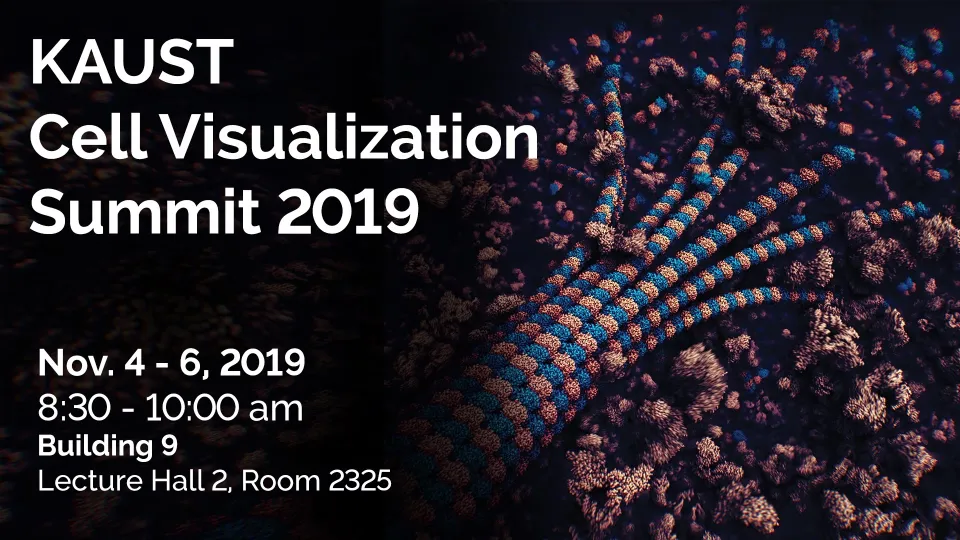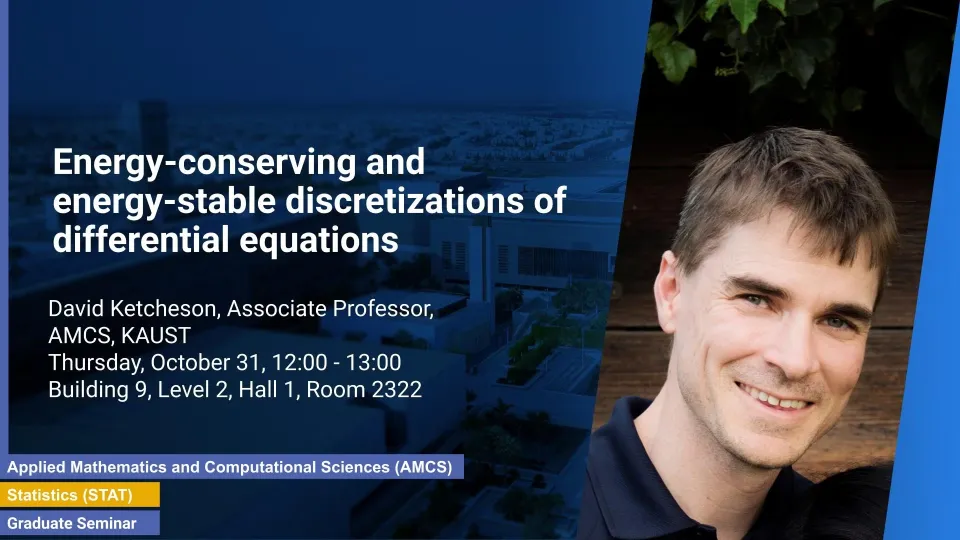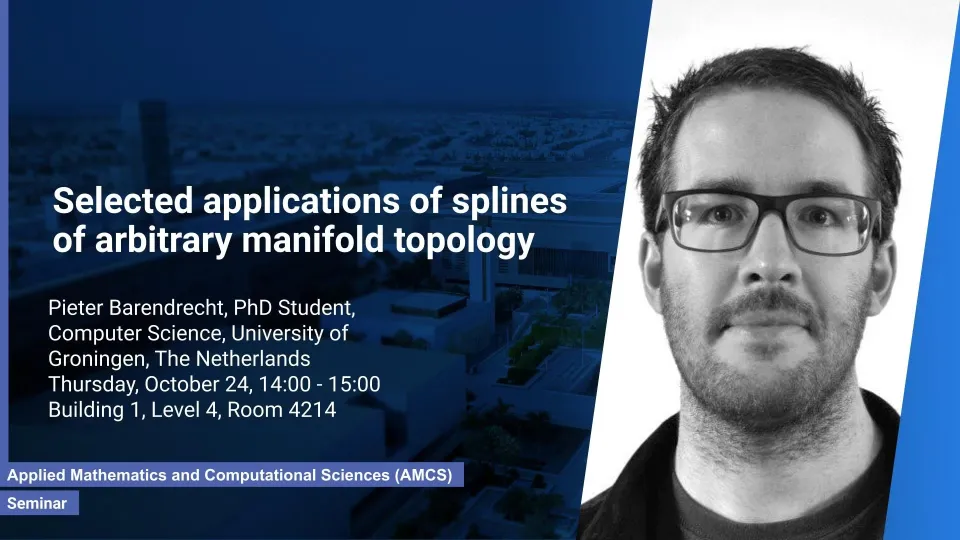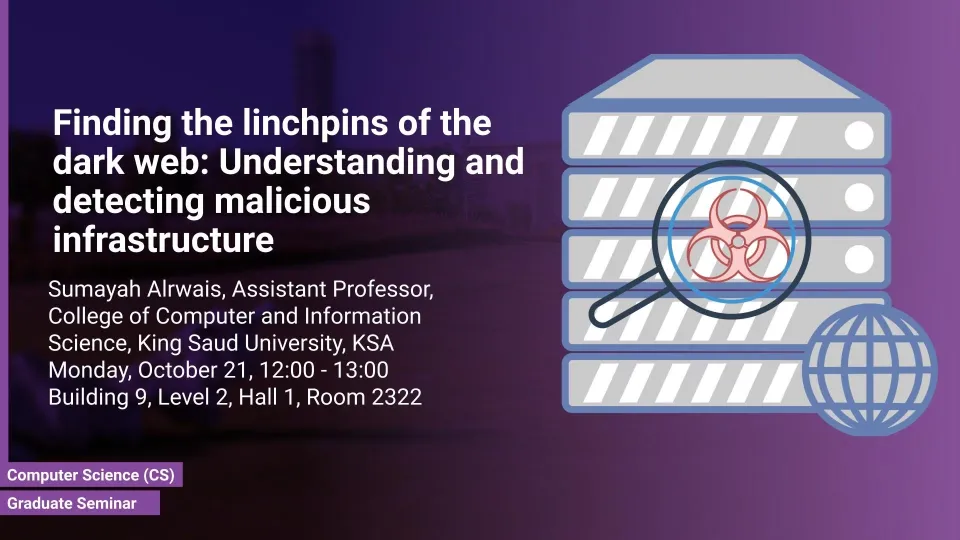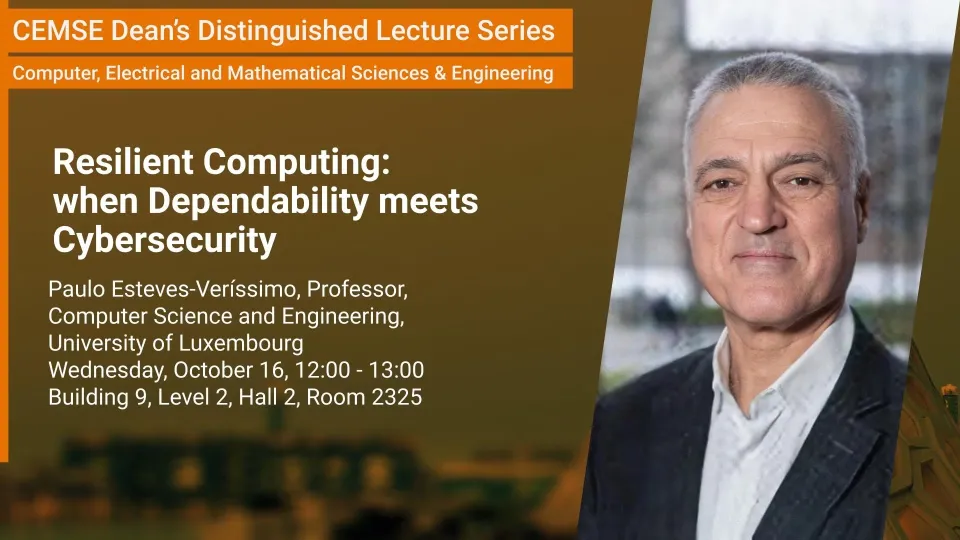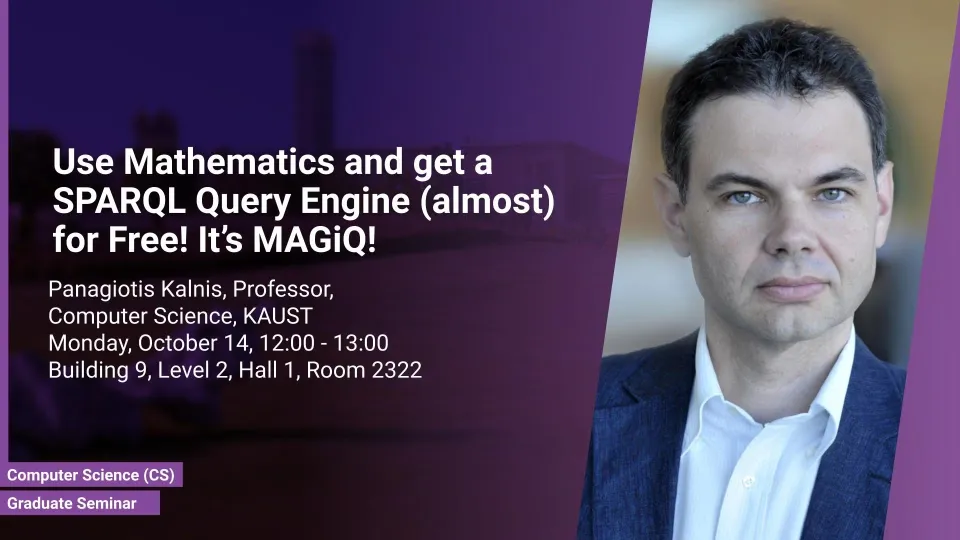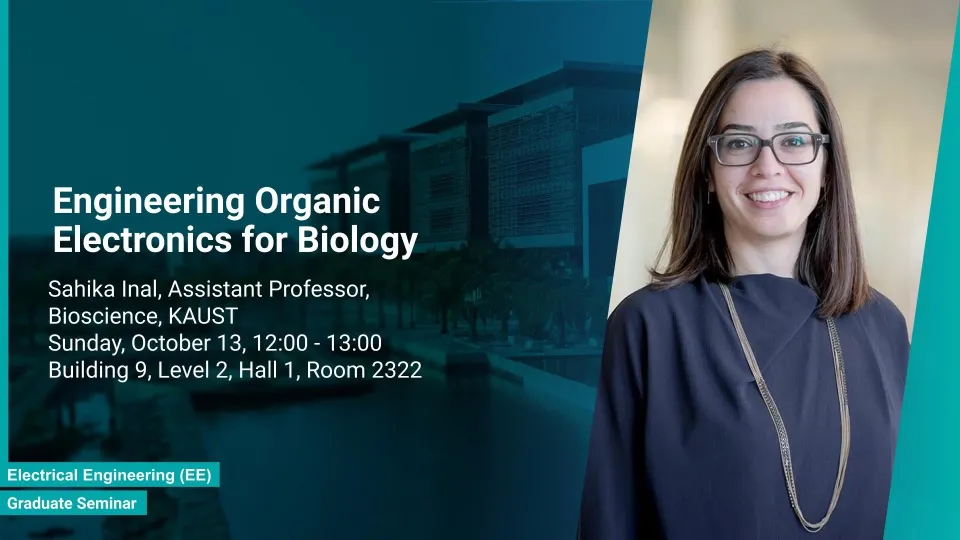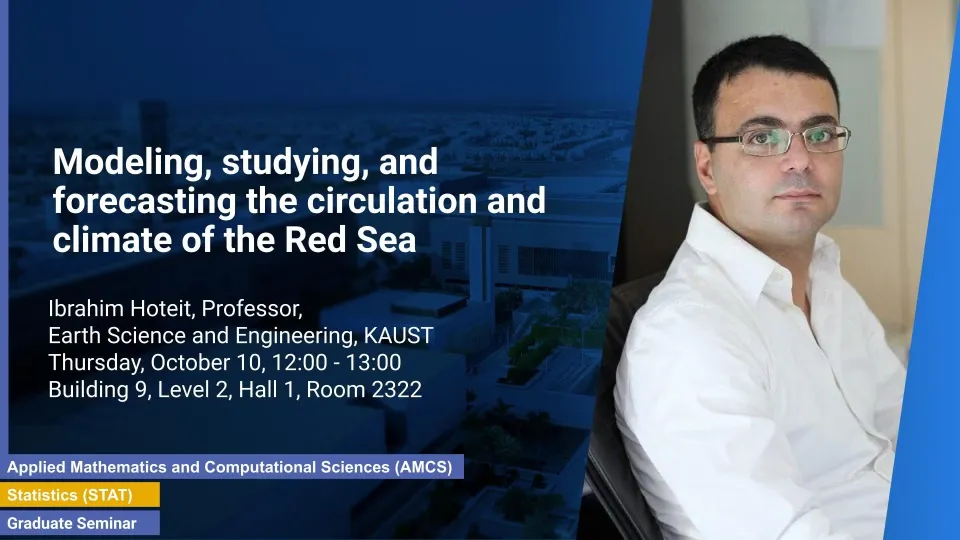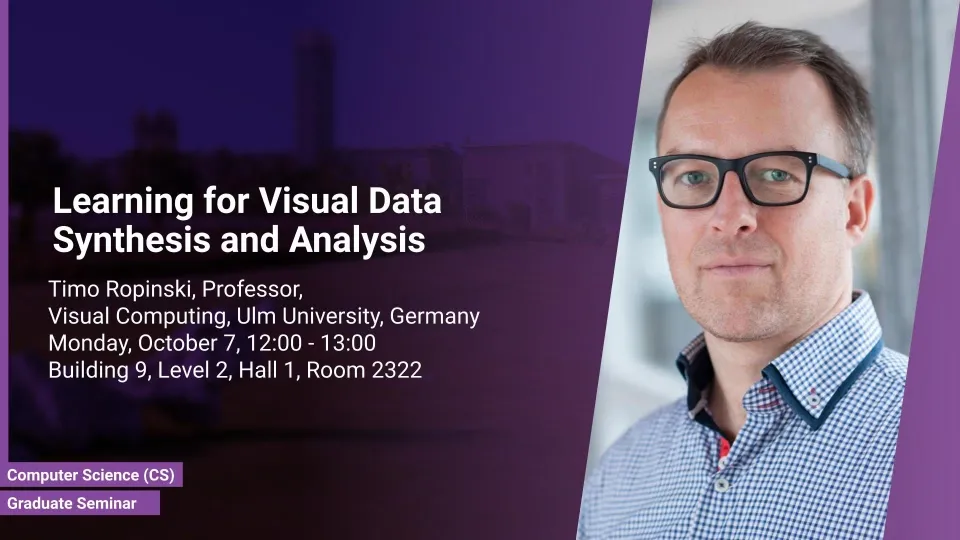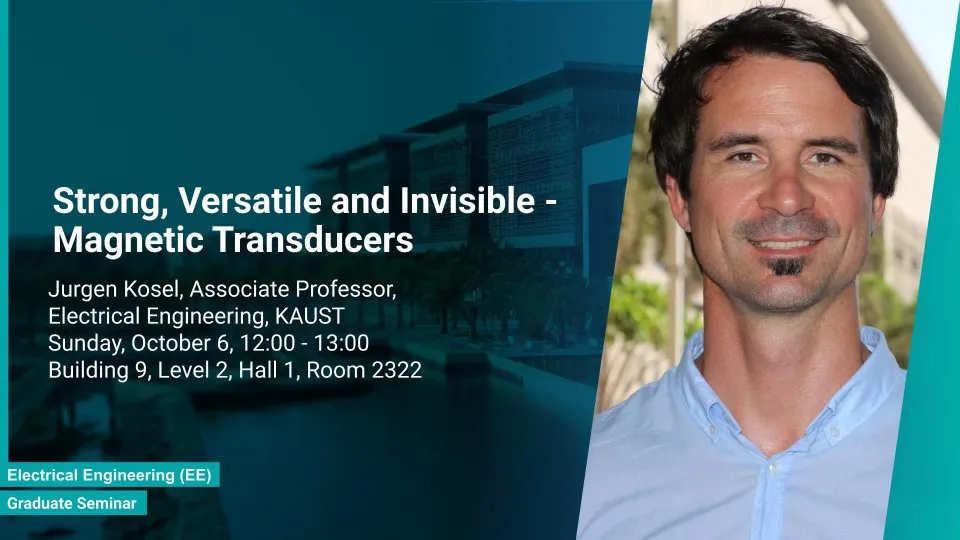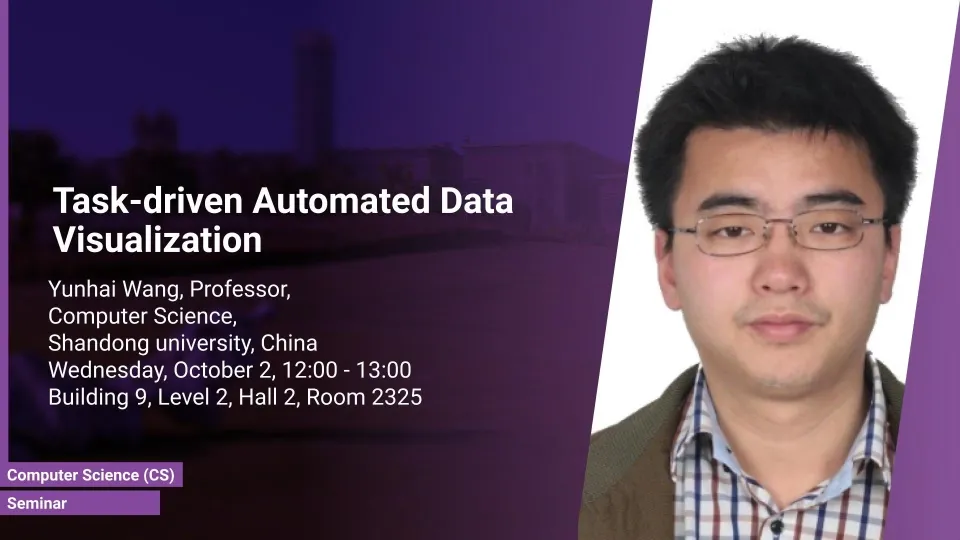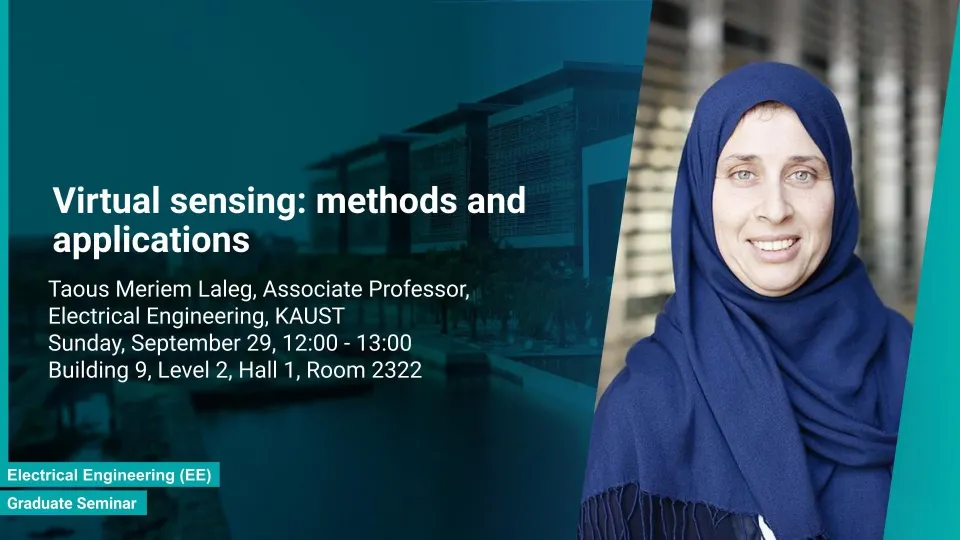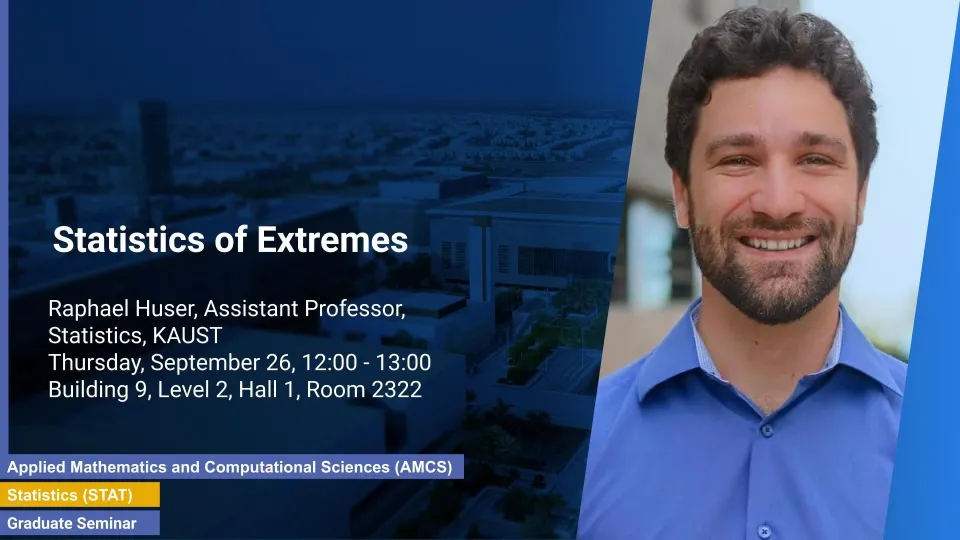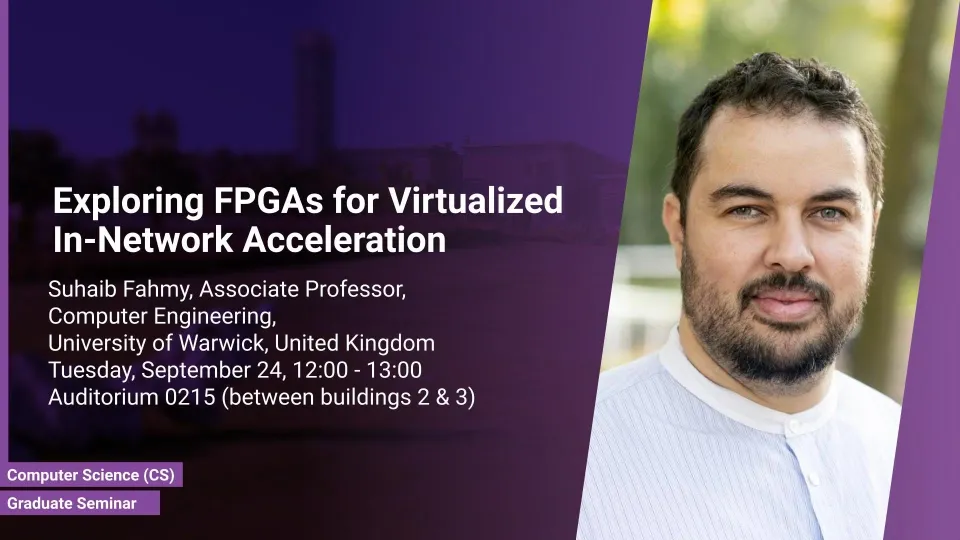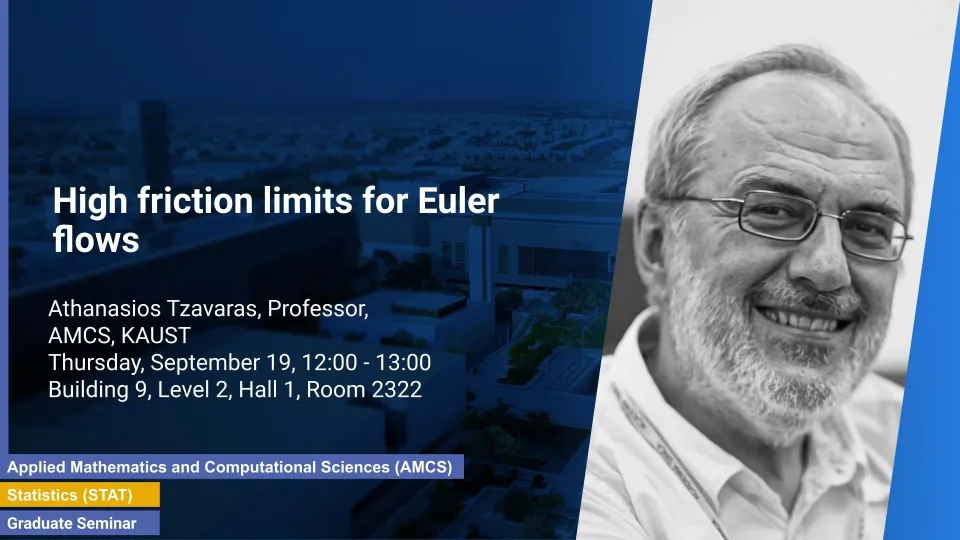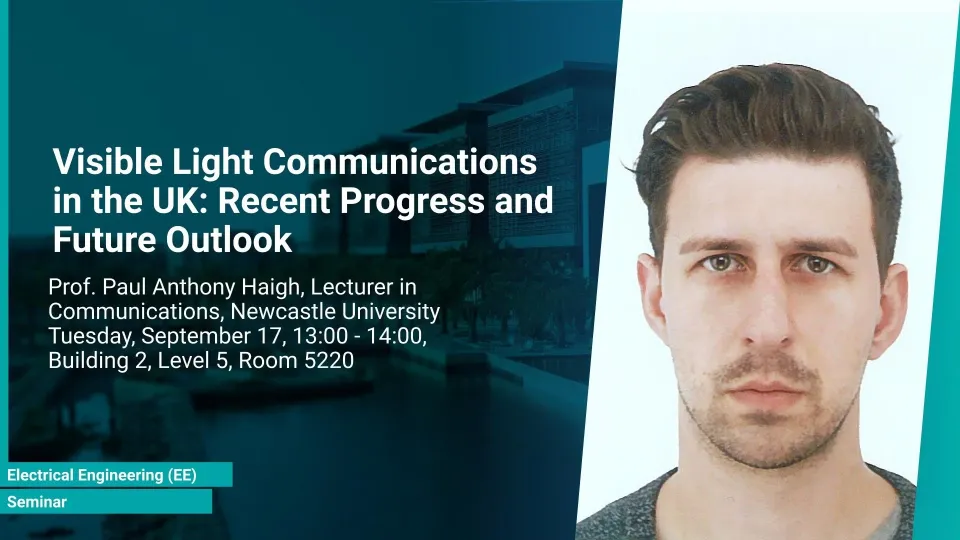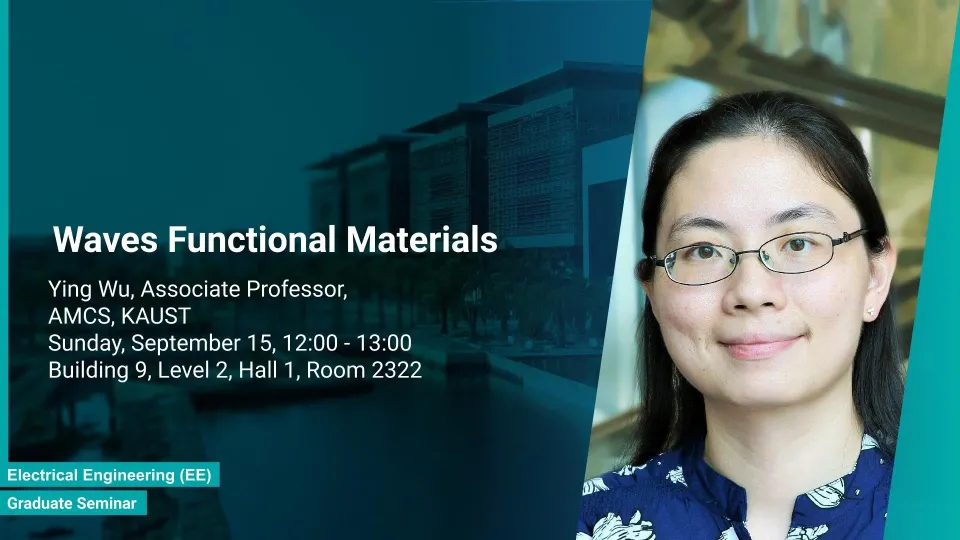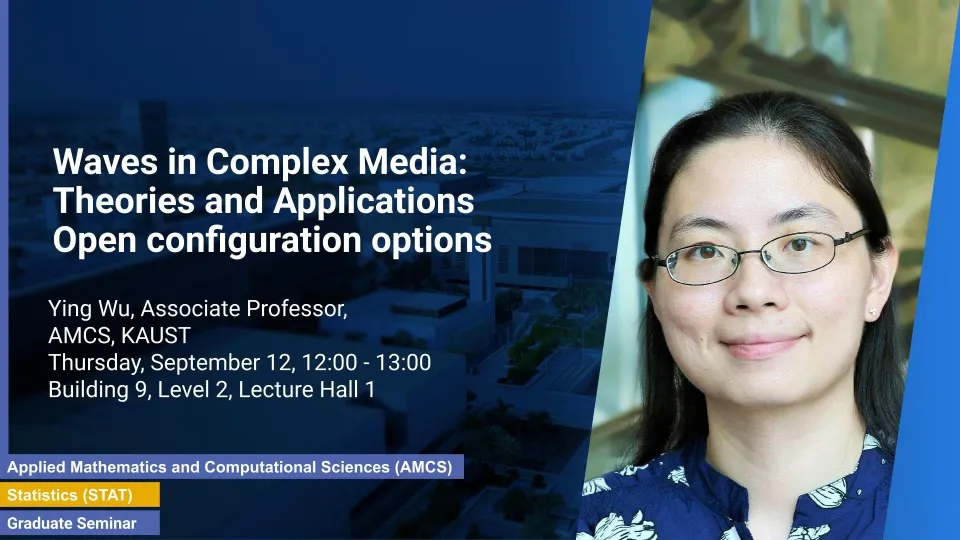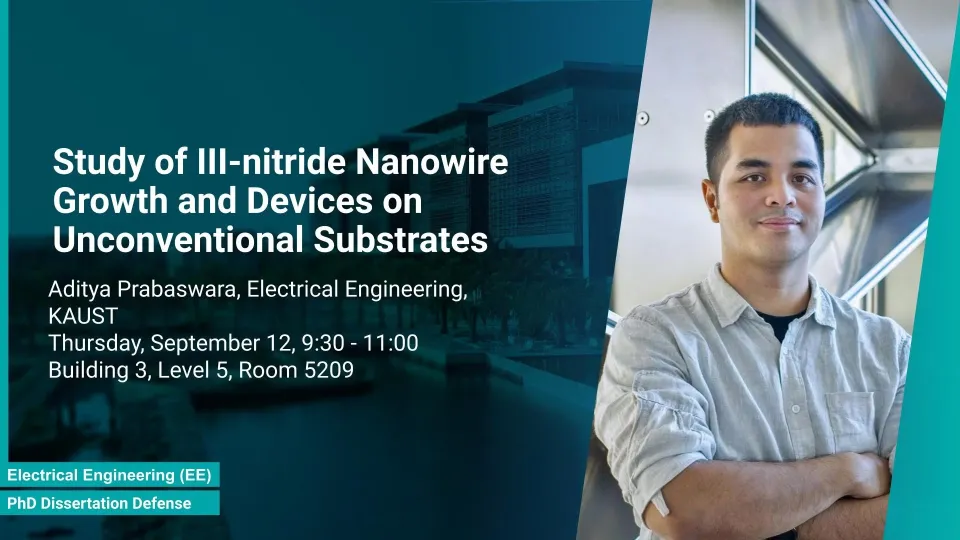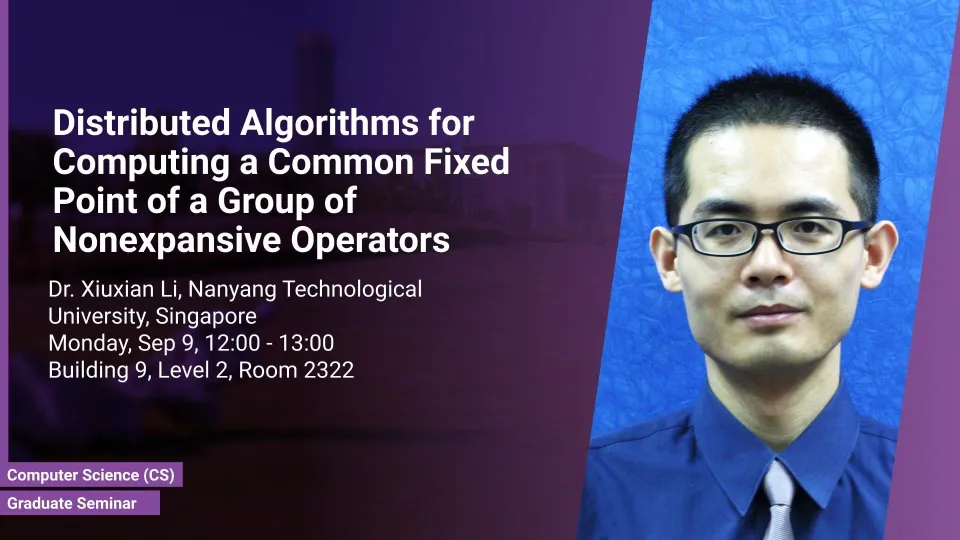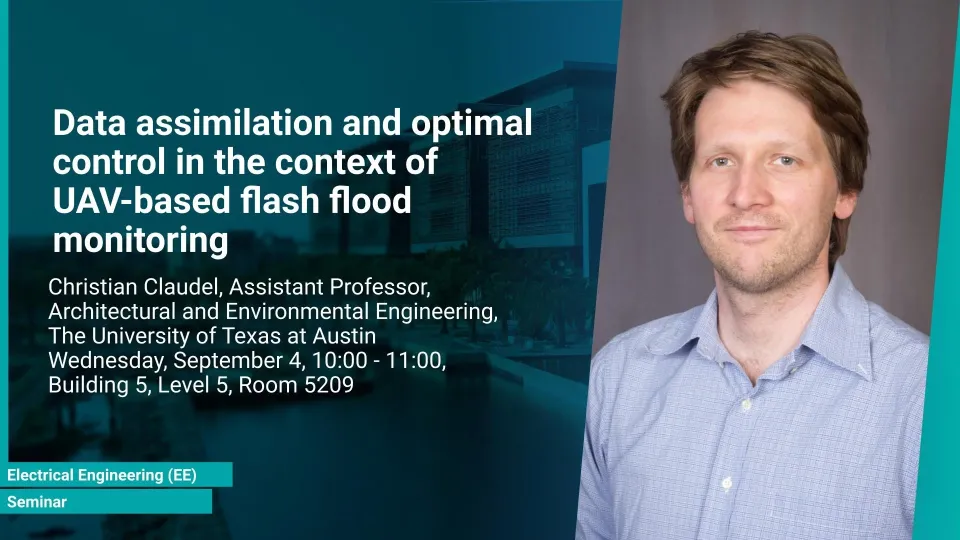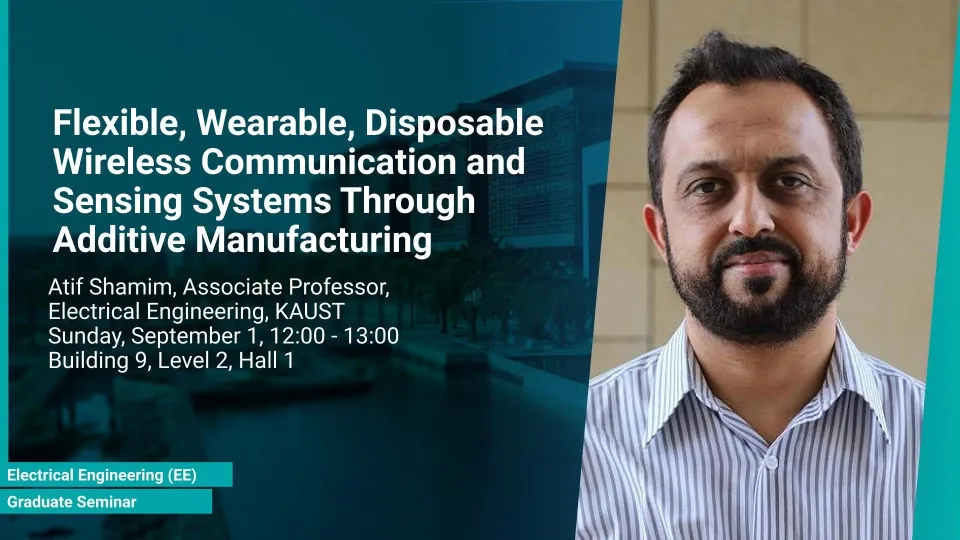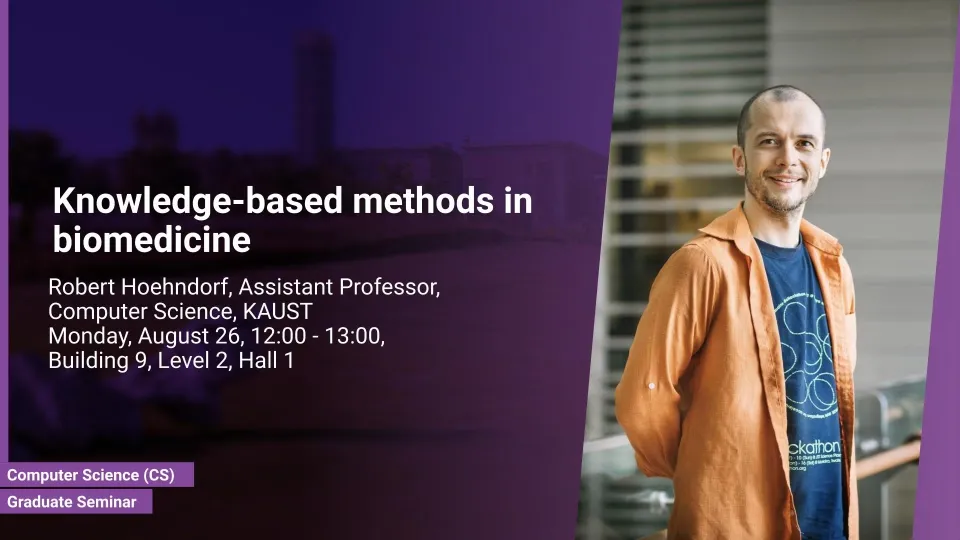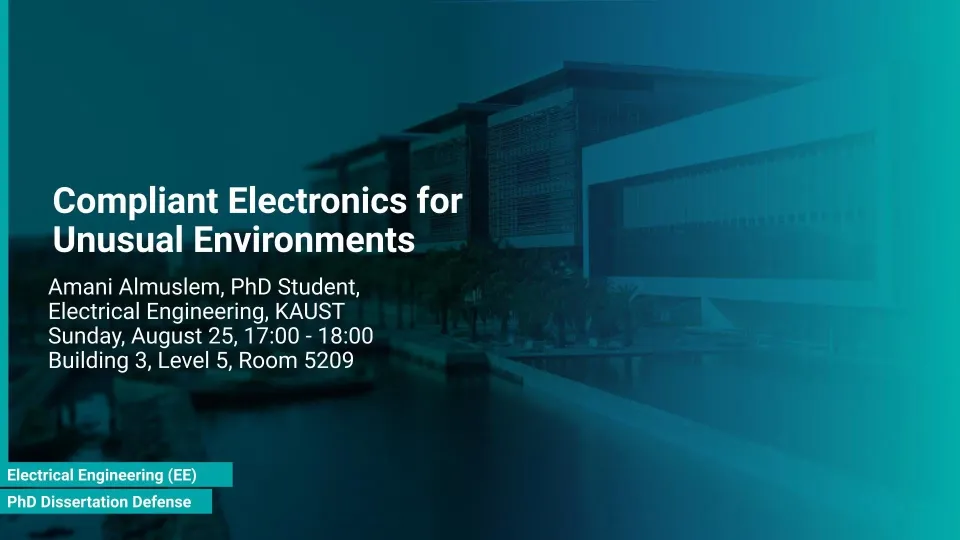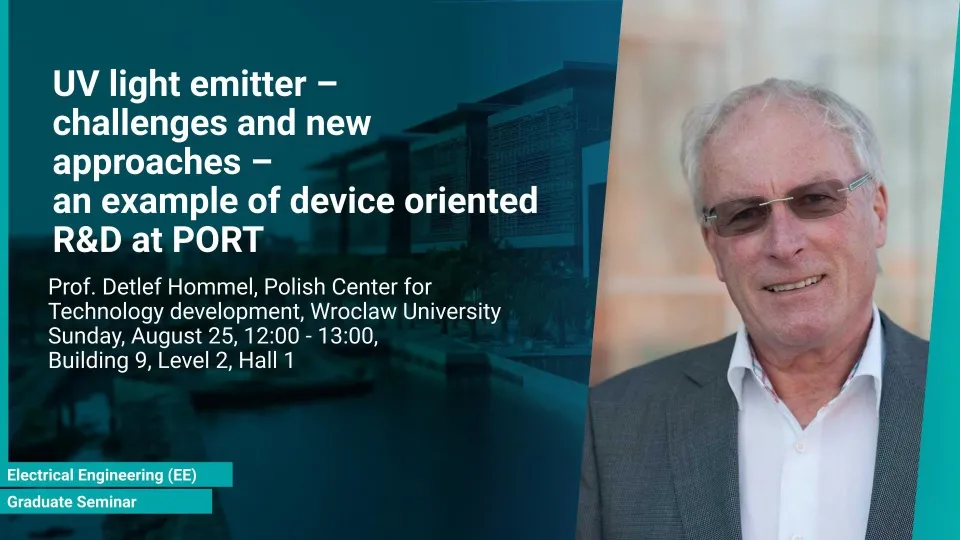Events
Nov 10 - Nov 16, 2019
Nov 3 - Nov 9, 2019
-
-
-
-
Exploranation: A New Science Communication Paradigm
Prof. Anders Ynnerman, Linköping University, Sweden
-B9 H2 R2325
-
-
-
-
Prototyping Multiscale Cellular Visualization & Modeling Techniques for Hypothesis Generation, Communication & Learning
Graham Johnson, Allen Institute for Cell Science, USA
-B9 H2 R2325
-
-
-
-
Envisioning the Molecular Cell: Mesoscale Modeling Comes of Age
Prof. Arthur Olson, The Scripps Research Institute, USA
-B9 H2 R2325
-
-
Oct 27 - Nov 2, 2019
Oct 20 - Oct 26, 2019
-
Selected applications of splines of arbitrary manifold topology
Pieter Barendrecht, PhD Student, Computer Science, University of Groningen, The Netherlands
-B1 L4 R4214
-
Key Enabling Techniques and Practical Considerations for Signal and Information Processing in 5G Cellular Network
Chung-An Shen, Associate Professor, National Taiwan University of Science and Technology
-B9 L2 H2
-
-
Finding the linchpins of the dark web: Understanding and detecting malicious infrastructure
Dr. Sumayah Alrwais, Assistant Professor, King Saud University, Riyadh, KSA
-B9 L2 H1 R2322
-
Oct 13 - Oct 19, 2019
-
Monte Carlo Computation
-B9 L2 H1 R2322
-
-
-
-
Oct 6 - Oct 12, 2019
-
-
Learning for Visual Data Synthesis and Analysis
Dr. Timo Ropinski, Professor, Visual Computing, Ulm University, Germany
-B9 L2 H1 R2322
-
Strong, Versatile and Invisible - Magnetic Transducers
-B9 L2 H1 R2322
Sep 29 - Oct 5, 2019
-
Task-driven Automated Data Visualization
Dr. Yunhai Wang, Professor, Computer Science, Shandong University, China
-B9 L2 H2 R2325
-
BGP hijacks: the next generation stealthy Command and Control for botnets
Dr. Marc Dacier, Chair of the Digital Security department and a full Professor at Eurecom, France
-B9 L2 H1 R2322
-
Sep 22 - Sep 28, 2019
-
-
Point cloud and volume data reconstruction and visualization
Dr. Ciril Bohak, Postdoctoral Researcher, Faculty of Computer and Information Science, University of Ljubljana, Slovenia
-B1 L2
-
Exploring FPGAs for Virtualized In-Network Acceleration
Dr. Suhaib Fahmy, Associate Professor, Computer Engineering, University of Warwick, UK
-B2 B3 A0215
Sep 15 - Sep 21, 2019
-
-
-
Representation Learning for Personalized Recommendation
Prof. Xiangliang Zhang
-B9 L2 H1 R2322
-
Sep 8 - Sep 14, 2019
-
-
-
Distributed Algorithms for Computing a Common Fixed Point of a Group of Nonexpansive Operators
Dr. Xiuxian Li, School of Electrical and Electronic Engineering, Nanyang Technological University, Singapore
-B9 L2 H1
-
Sep 1 - Sep 7, 2019
Aug 25 - Aug 31, 2019
-
-
-
UV light emitter – challenges and new approaches – an example of device oriented R&D at PORT
Prof. Detlef Hommel, Polish Center for Technology development, Wroclaw University
-B9 L2 H1
